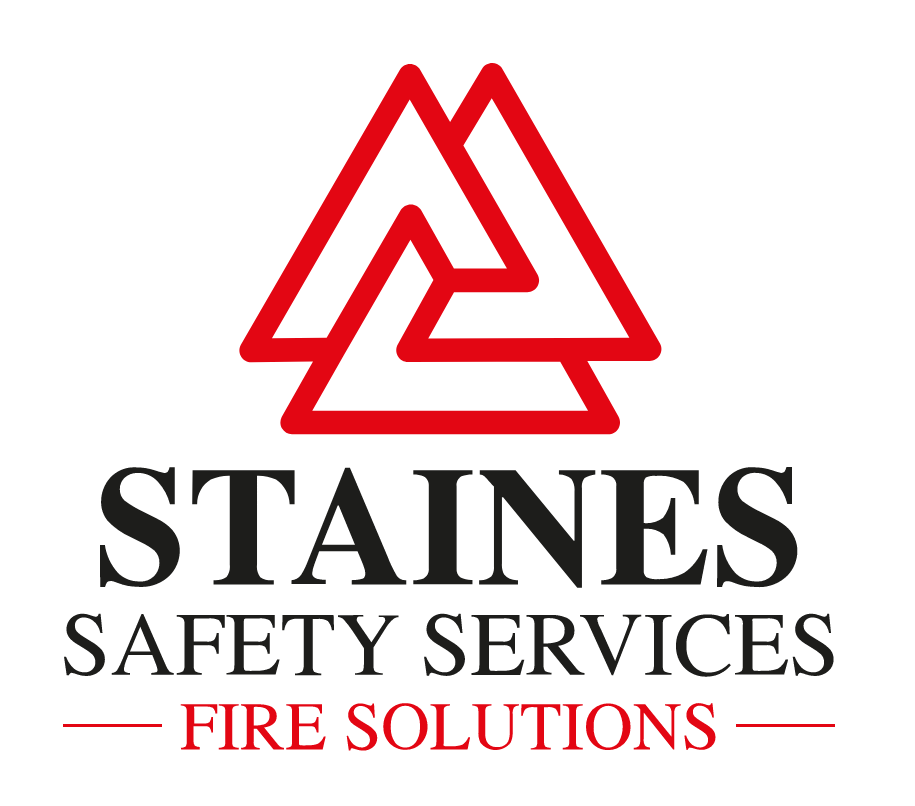
A fire risk assessment for an HMO (House in Multiple Occupation) is an important process to ensure the safety of the occupants and the property. Here are some key steps to consider when conducting a fire risk assessment for an HMO:
1. Identify the hazards: Start by identifying potential fire hazards within the HMO property. This may include faulty electrical wiring, overloaded sockets, improper use of portable heaters, smoking, cooking appliances, or flammable materials.
2. Identify the people at risk: Identify the individuals who may be at risk in the event of a fire, including the occupants of the HMO, visitors, and neighboring properties. Consider any vulnerable individuals who may require additional assistance in case of an emergency.
3. Evaluate fire safety measures: Assess the existing fire safety measures in place, such as fire alarms, fire doors, emergency lighting, fire extinguishers, and fire escape routes. Check if they are properly installed, maintained, and easily accessible.
4. Review emergency procedures: Review the emergency procedures for the HMO, including evacuation plans, procedures for raising the alarm, and arrangements for contacting emergency services. Ensure that the procedures are clearly communicated to all residents and regularly practiced.
5. Consider fire detection and alarm systems: Assess the effectiveness and adequacy of the fire detection and alarm systems within the HMO. Ensure that they are regularly tested and maintained by a competent person.
6. Check fire compartmentation: Examine the fire compartmentation within the HMO to prevent the spread of fire and smoke. This includes checking the integrity of fire doors, walls, and floors. Ensure that any potential breaches are promptly repaired.
7. Evaluate electrical safety: Assess the electrical safety within the HMO, including the condition and suitability of the wiring, sockets, and appliances. Ensure that regular electrical inspections and testing are carried out by a qualified electrician.
8. Document findings and actions: Record all the findings from the fire risk assessment and determine any necessary actions to improve fire safety within the HMO. Prioritize these actions based on the level of risk and implement them within a reasonable timeframe.
9. Review and update: Regularly review and update the fire risk assessment to ensure that any changes or improvements to the HMO are adequately addressed. This should be done at least annually or whenever significant changes occur within the property.
It is important to involve a competent person or a fire safety professional to conduct the fire risk assessment and ensure compliance with relevant fire safety regulations and standards.
Leeds Student HMO Fire Risk Assessments
Newcastle HMO Fire Risk Assessments
Darlington HMO Fire Risk Assessments
https://www.salford.gov.uk/housing/information-for-landlords/hmo-definition/
